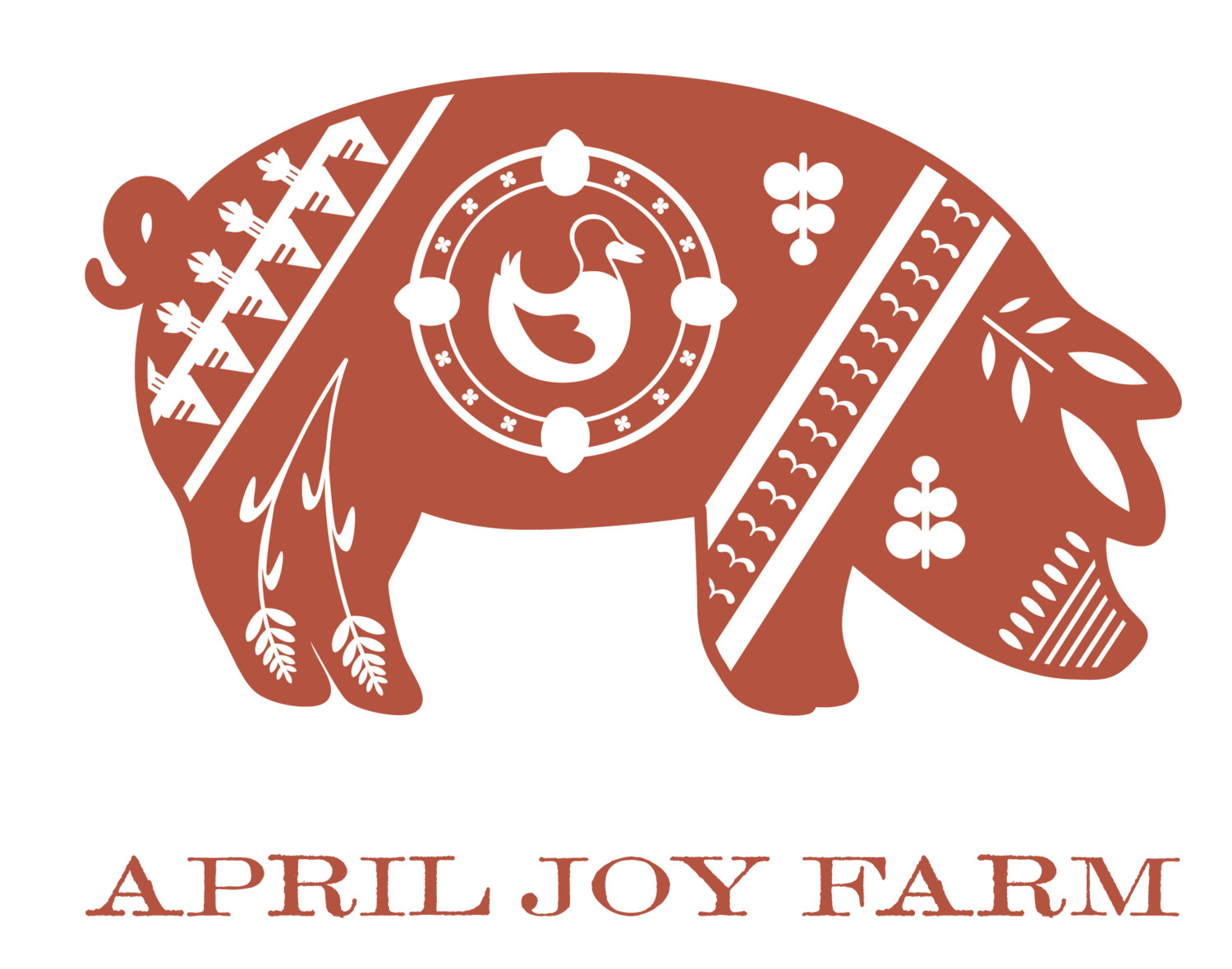Diversity Works
In any given year, Brad and I source seed for about 200 varieties of plants. This year we added more than forty varieties to our crop list. Before you get too excited about all those new flavors, I have to come clean: just a few of them are vegetables.The rest? We’re talking about things like Elecampane and Blanketflower. Eupatorium and Milkweed. Pleurisy root, Comfrey and Springbank Clover.That’s a lot of additional seeding, watering, transplanting, weeding and tending. What sense does it make to devote over 16% of our market crop field to plants that we don’t intend to sell? Remember, this is soil that has been carefully weeded, amended, and groomed specifically for growing food for over a decade. Why take this substantial amount of our prime farmland out of vegetable production? From the capitalist’s perspective, it seems like a poor business decision.Good thing I’m not a capitalist. I’m a steward. My central goal is not financial gold, but a healthy community. I’m not chasing the dollars. No, I’m focused on a more rewarding pursuit. In the name of integrity and stability, I’m chasing diversity.It's taken me a good ten years to become comfortable with eggplant, chard and pole beans. I'm not saying there still aren't mysteries to learn from the tomatoes and basil. However, I have a familiarity with these market crops. I'm conversationally fluent you might say, in growing plants to feed humans.But when it comes to growing plants that feed pollinators, I’m a novice. Last year, I couldn’t have told you the difference between Puget Sound Gumweed and Early Figwort. But thanks to support from the USDA’s Conservation Stewardship Program and Xerces Society, I’m on a steep learning curve to improve the working conditions and food supply for the vast number of pollinators that are laboring, mostly sight unseen, to sustain themselves, support plant communities and in their crucial way, feed the world.Pollinators need to eat, and not just in the summer. Our goal is to have at least three different plants flowering from early spring until early winter. Early spring bloomers, like Dandelion and Douglas Meadowfoam for instance, are especially critical because that’s when food sources tend to be scarce and pollinators are starting to hatch out. Early spring is also the time our honeybees have used up the last of their stores of honey. They are hungry, and on any warm, dry day they’ll be out looking for food. (Please remember this in the spring before you mow the lawn for the first time. Dandelions are an important food source for our friends.)Paige Embry, in her book, Our Native Bees, notes that there are over the four thousand North American species of native bees, along with birds, bats, wasps, flies, beetles, moths and butterflies that act as pollinators. Four thousand. With the forty new plant species we’ve added this year, I’m hoping to recruit some winged farming partners to take up residence at April Joy Farm. I’m hoping the Goldenrod and Asters, the Echinacea and Astragalus, along with the Comfrey and Yarrow and Angelica will make a difference.
I have seen first hand that every time I break free from the monoculture mindset in which hyper-efficiency reigns supreme, whole communities—connections and collaborations I could not have imagined—take root and flourish around me.
Thus, my distinct style of farming rests upon a foundation of inclusivity, because as challenging as the complexity it invites, I know in my heart of heart, diversity works.There is a certain ethos that successful people from all walks of life employ: from improvisational comedians to dispute mediators, from educators to entrepreneurs to parents. Their secret is simple. It’s to approach life with a “Yes, and…” mindset. Instead of finding all the reasons why something won't work, they work at finding the value in every offering the world sends their way. As Holly Mandel, founder of the performance school Improvolution says, "It's a total philosophy of creativity." " 'Yes, and' creates, while 'no' stops the flow."In my farming life, I say yes to diversity. Yes to creatures great and small, yes to learning about extraordinary plants, yes to the work and care and extra effort to help our winged community gain a foothold. Each week, I love visiting all these new plants, witnessing their growth, and watching for new insects to miraculously appear. These new plant families have already added so much joy to my life, and over time, will hopefully result in thousands of new farm pollinators. Yes, and... can't you picture it? From March to November, imagine how all these flowers will light up our fields with beauty. ~AJ


